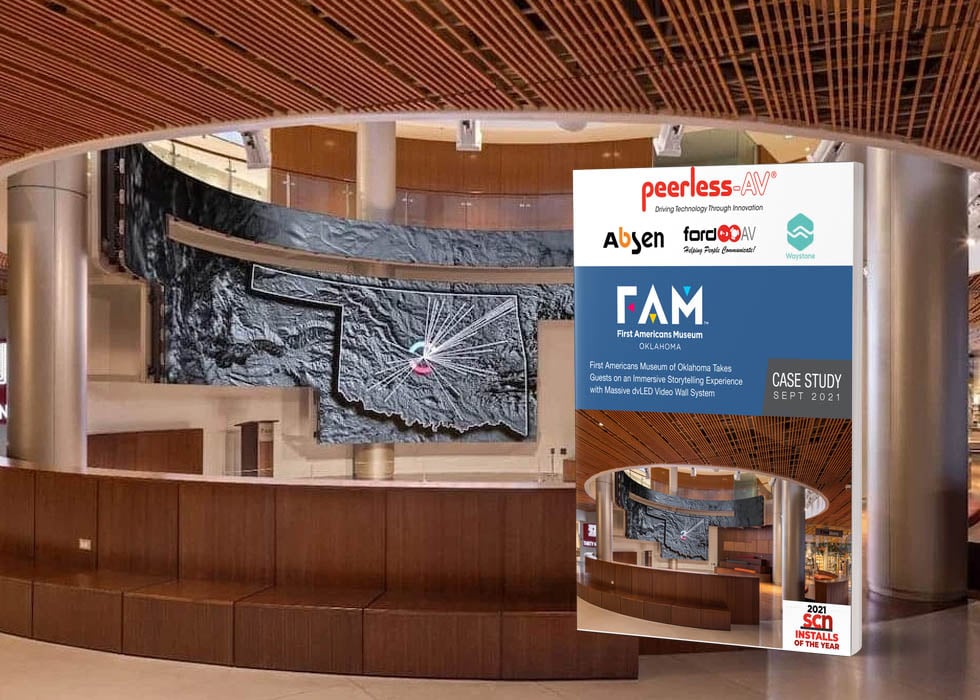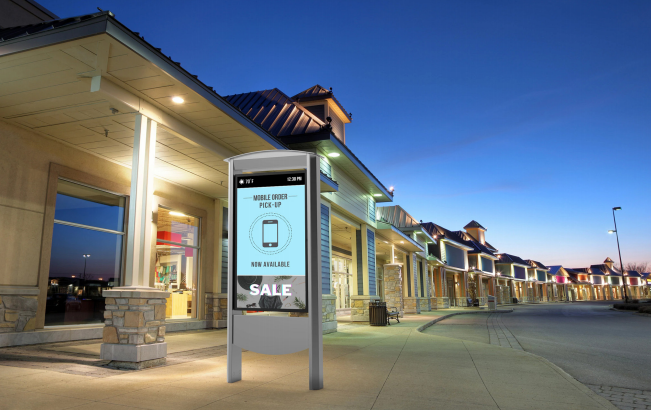Project Management Best Practices Can Add Value to Digital Signage
Mastering communication, standardization, documentation, lessons learned, and especially maintaining relationships with all the people involved in a project are some of the main reasons it is worth applying project management methodologies in digital signage. Engineer Freddy José Canelón, PMO (Project Management Office) manager at Kolo Digital, presented a webinar on "Project Management in Digital Signage" within the virtual seminar program in Spanish organized by AVIXA Latin America.

"A project is defined as a temporary effort that has a beginning and an end; unveils a unique product, a unique service, and/or a unique result," said Canelón. This is very important because a project should not be confused with day-to-day operations. Canelón shared that a project must drive change and create value for the company (the integrator and the customer). If those two conditions are not met, then the project did not fulfill its mission.
There are two main modalities for managing projects, one based on the PMI (Project Management Institute) model and the second focused on the dynamics known as SCRUM. The first is recommended for long-term projects with a certain complexity in scope, while the second can be implemented in shorter projects with a more specific scope.
Planning for success with PMI
"The PMI method can be rigid, but it is indicated when we have predictive projects," said Canelón. To properly manage a project, the company in charge must have extensive knowledge of the subject to be addressed, sufficient skills, techniques, and proven quality standards, in addition to all the technological and administrative tools to achieve it. Without these foundations, a project may be destined to fail.
The definition in the scope is the essential edge in a project. Understanding the client's needs and expectations is the nerve center. To do this, you have to ask many questions and insist on the "why?" It follows that the client and the digital signage company have the same definition of scope and objectives. A misinterpretation of the scope often brings frustrations and dissatisfactions.
PMI takes on the five stages of a project: initiation, planning, execution, monitoring and control, and closing. This translates to the field of digital signage as programming, design, construction, commissioning, and training.
It is essential to point out that the most important stage, and the one that should consume the most time and resources, is the planning phase, including programming and design. During the planning phase, a calendar is established that documents the programming scopes, the budget, and the human resources available for the project. In the design phase, the conceptual and schematic design is developed with diagrams and plans, the theoretical development is carried out, and the integrating team's selection is made.
"The client must always validate plans, there must be co-responsibility to avoid surprises, also in the final stage it is essential that there is a final delivery and completion document of the project, which must be signed by the client to complete satisfaction in the scope agreed upon at the beginning," emphasized Canelón.
Adapting quickly with SCRUM
On the other hand, SCRUM is a more agile methodology than PMI and is recommended for short-term and changing projects. By following the SCRUM model, the integrator is able to adapt to changes in real-time. SCRUM was created in 2017 and is based on rugby strategies.
For project management, it is essential to consider that people are the most important thing (and people are made up of the internal work team and the client), that is why there is an agile manifesto in project management which serves as a mantra for digital signage content creation and integration companies:
- Individuals and interactions are more important than processes and tools,
- Running software is more important than excessive documentation,
- Collaboration with the client is more important than contracts, and
- Responding to change is more important than following a plan.
Selecting the right methodology
How do you choose the correct methodology to carry out your digital signage project? Digital signage companies must study and prepare to establish the methodology that suits them best; they can opt for PMI or SCRUM or establish a hybrid scheme. These implementations must always be supported by the company's management and involve all the personnel that impact the development of a project, without forgetting those external professionals, such as content creators or allies in construction and infrastructure.
The full extent of the project management for digital signage webinar is available in Spànish. Further courses on project management for AV professionals is available through AVIXA.
Freddy José Canelón Casanova is PMO at Kolo Digital and you can write to him at [email protected].






